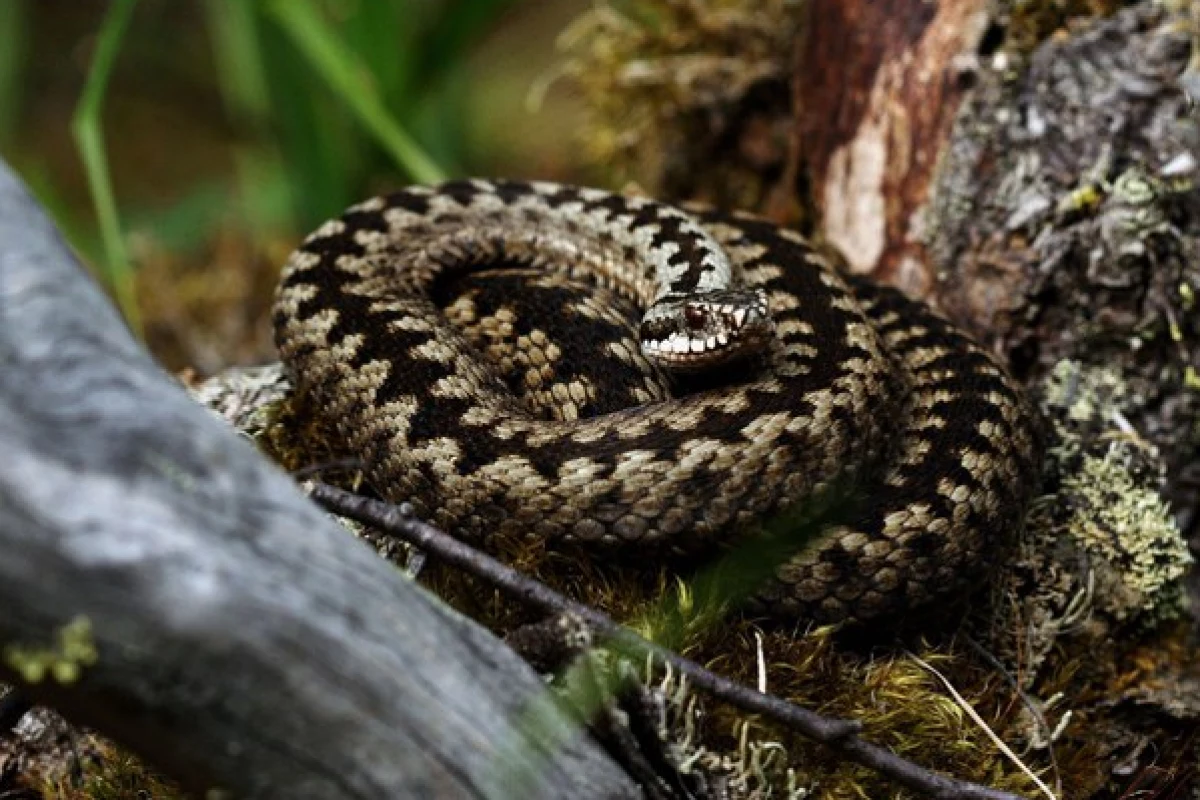Scientists at the University of Jyväskylä in Finland have shown that the simple zig-zag pattern on the back of the European viper serves three different purposes; it helps it avoid detection; warns predators off if noticed; and can hide the snake's movement if it has to flee.
Camouflage is a well-known way for animals to hide from both predators and prey. By mimicking backgrounds, breaking up its shape, or employing optical illusions, animals can avoid detection, but such tactics can also fulfill other purposes.
While some animals, like the famous chameleon or the octopus, use camouflage to blend into the background, others, like the wasp or venomous frogs, actually accentuate their appearance with bright, vivid colors and patterns to warn off predators. Meanwhile, the zebra and many fish use a kind of dazzle camouflage that uses optical illusions to confuse predators as the animal makes a run for it.
Based on a series of experiments using plasticine vipers with different patterns that were set in the path of unsuspecting hikers and time measurements of fleeing snakes, the Jyväskylä team, led by Janne Valkonen and Johanna Mappes, found that the vipers' zig-zag pattern doesn't serve one camouflage function, but all three.
According to the team, the pattern helps to hide the viper from detection. However, once detected, the pattern serves as a warning that the snake has a poisonous bite, so stay away. Then, if the snake legs it, in a manner of speaking, the zig-zag produces a flicker rate that is faster than the mammalian eye can process, causing it to appear as a confusing solid shape like the spokes of a spinning wheel.
Unfortunately for the viper, this trick doesn't work on raptor birds, so it still stands a chance of ending up as dinner.
The team says that such a combination of functions in the same pattern shows that the evolution of such camouflage may be more complex than previously thought.
The research was published in Animal Behaviour.
Source: University of Jyväskylä





